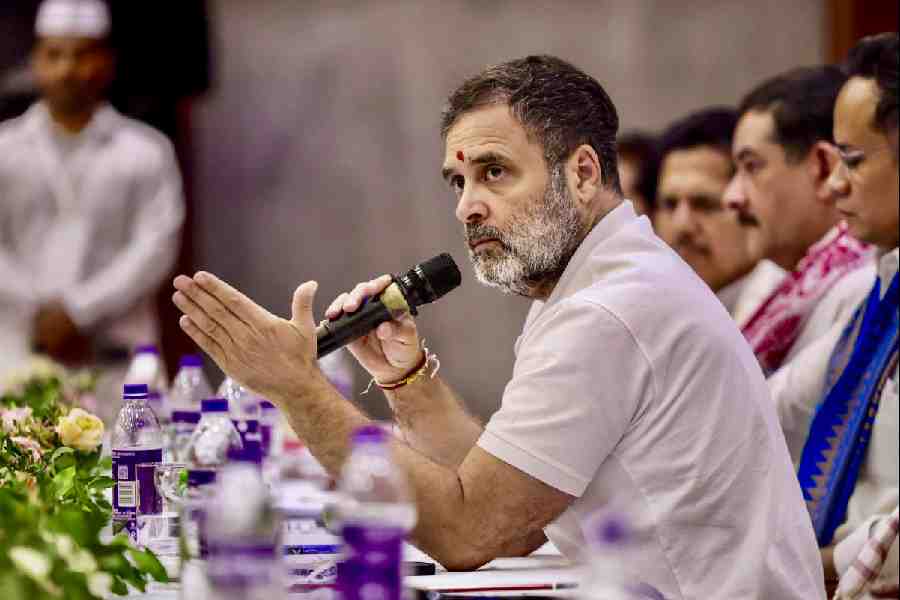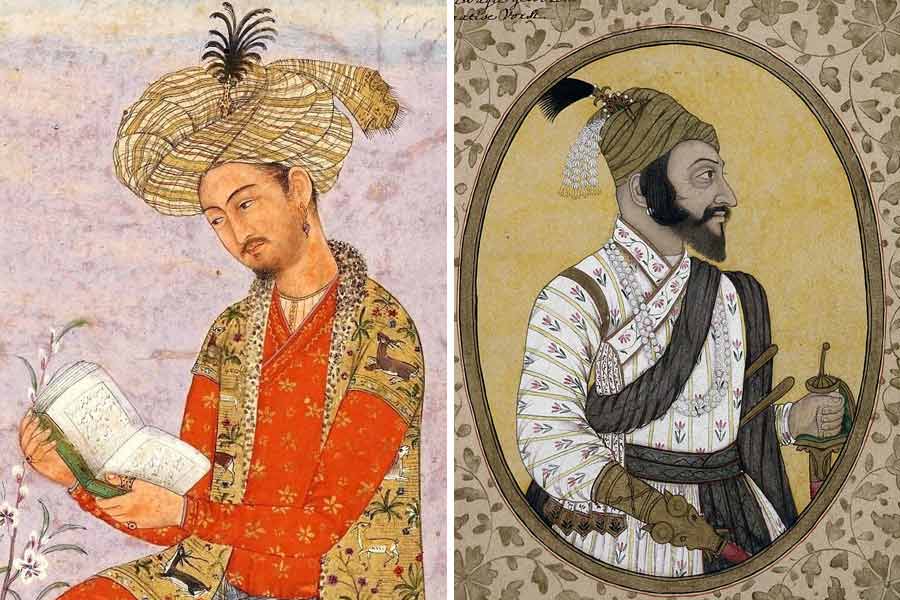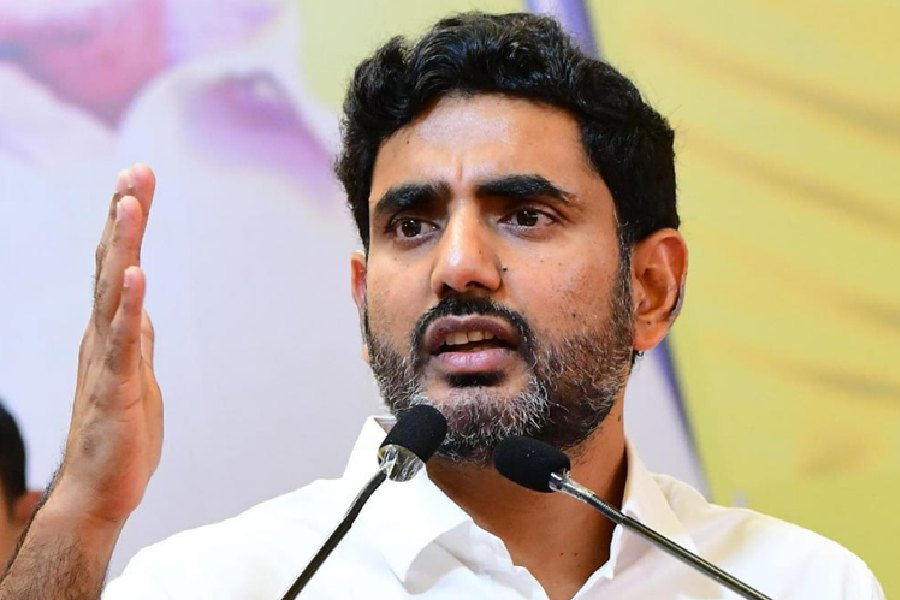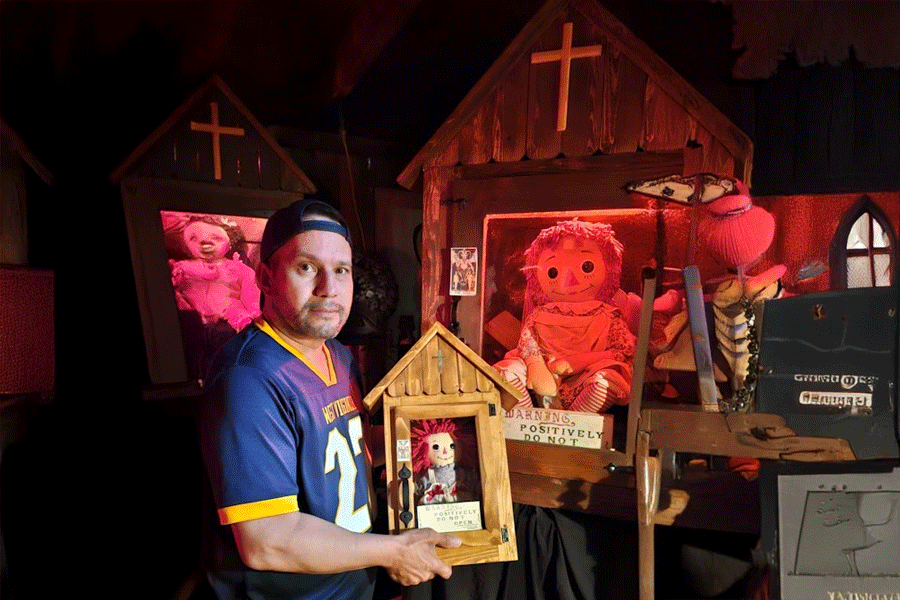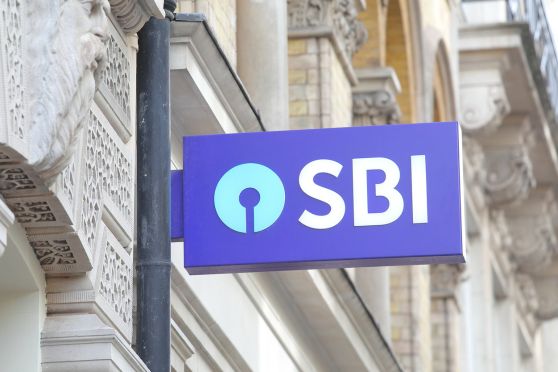Some days ago, I cooked something that I had never tried before — Bhopali chicken rezala. I have eaten — and cooked — the usual rezala, a much loved dish of meat in a white curd-based sauce. But Bhopal’s rezala is different: it’s not white, but green in colour. And the predominant taste is that of coriander and mint.
It turned out quite well, and I have to thank Suman Rakshit, the executive chef of Noor-Us-Sabah Palace in Bhopal, for that. He is a Bengali, of course — but has been studying Bhopali food. And he tells me that the Muslim cuisine of Bhopal — which he calls Bhopal gharana — is distinct from the Nawabi food of Hyderabad and Lucknow.
.jpg)
Geographically, the city is in between Hyderabad and Lucknow. And when it comes to influences, it has happily embraced the southern and northern styles, and in the process evolved its own cuisine. “The final outcome is essentially Bhopali,” the chef stresses.
Just what makes Bhopali royal food different from other Muslim cuisines? Chefs have their own take on the issue. Asif Rasheed, who runs a restaurant called Filfora in Bhopal, believes that it is the hawa-paani — water and air — of Bhopal that gives the food its punch.
There is also a difference in the use of oils and spices — heavy use of the former; light use of the latter. “I am often asked to tone down the fat content in my food. But I say, no, it can’t be done,” chef Rasheed states. Chef Rakshit adds that a dish like nalli gosht or Bhopali gosht korma is rich, but mildly spiced.
.jpg)
The predominant flavour of green coriander leaves does change the taste of a familiar dish. Bhopal’s lakes have contributed to the cuisine, too. Greens grow around the lakes in abundance and are common ingredients, says Bhopal-based food connoisseur Sikandar Malik, who is writing a book on the region’s cuisine.
Bhopals’s kebabs — seekh or shammi — are certainly different. I have always held — bravely battling other aficionados — that Meerut has the best kebabs. But I must say that Bhopal’s kebabs are equally memorable. The shammi at Filfora is prepared not with minced meat, but with meat cubes which are boiled with mild spices and chana dal, and then pounded and shallow fried.
You can’t have a meal in Bhopal and not have rice dishes such as Bhopali pulao, prepared with meat stock and meat cubes, or keema pulao. Its biryani — called biryan — is different, too. Chef Rakshit’s biryan is deliciously light and fragrant.
“You can go to any house and ask for biryan, because it is as common as rice and fish in Bengali homes or dal-chawal elsewhere,” he says.
.jpg)
Unlike Awadh and Hyderabadi cuisines, which are popular across the country, Bhopali food hasn’t moved out of the city. Malik believes that it has something to do with the fact that Bhopal was ruled by several illustrious begums. Being women, he reasons, their focus was on their own kitchens.
“Nawabs elsewhere had many wives, who would compete with each other to make different kinds of food. And along with the nawabs, their food travelled,” he holds.
Of course, Bhopal food is not only nawabi food. In Chatori Gali, for instance, you get excellent bun kebab — keema balls cooked with mild spices, onion, coriander and mint and placed between two buns — and tandoori chicken. “The chicken is not marinated with curd as it is in other cities, but with dry spices and lime juice,” points out Mohammed Aslam, F&B manager, Noor-Us-Sabah.
Bhopali food, to my mind, is a mouthwatering combination of textures and tastes. “It is a beautiful collage,” chef Rakshit sums up.
Photographs courtesy: Saeed Faruqui

.jpg)
